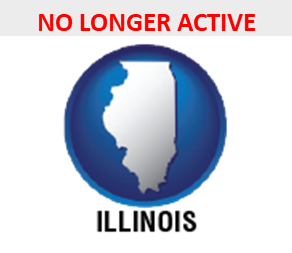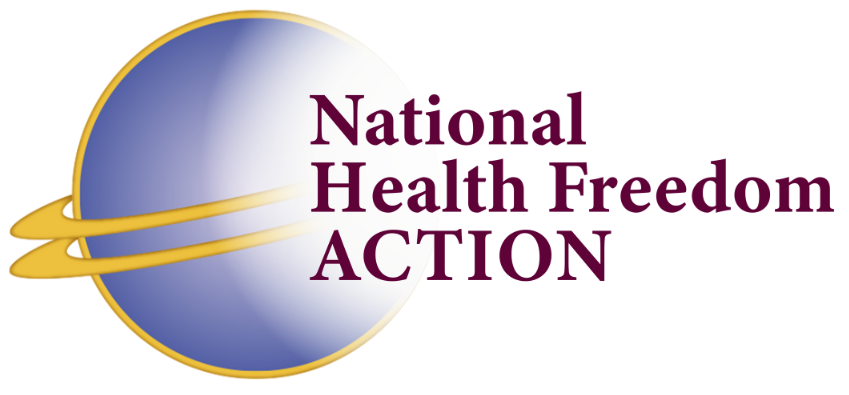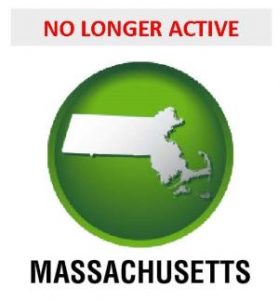
NO LONGER ACTIVE
Send Opposition Comments on Federal OSHA Rule for Employer Covid Vaccine, Masking, and Testing
Tell OSHA the Emergency Rule should NOT be adopted as a final standard!
OSHA is requesting public comments for the next 30 days as to whether the Emergency Temporary Standard (ETS) agency rule for employer COVID vaccine, masking, and testing requirements, should become a final standard. Although the ETS, aka Biden’s Mandate, is to take effect immediately on November 5, 2021, OSHA states that it also serves as a proposal under statute for a final standard. We do not want this to become a final standard!
In addition, OSHA is requesting comments on the rule’s entire content including such things as whether to apply the standard in the future to small businesses; “OSHA encourages commenters to explain why they prefer or disfavor particular policy choices, and include any relevant studies, experiences, anecdotes or other information that may help support the comment.”
Reasons to Oppose the ETS:
Personal health care decisions should not be dictated by employment requirements.
It is the result of Federal overreach by the Biden Administration using an agency to accomplish what cannot legally be done by a President.
As discussed by the plaintiffs in BST Holdings, et al. v. OSHA, it exceeds OSHA’s authority under its enabling statute; it exceeds Congress’s authority under the Commerce Clause; and it exceeds Congress’s authority under the nondelegation doctrine.
For background on the ETS, read NHFA’s post opposing President Biden’s Mandate here. OSHA was tasked with implementing the mandate.
Please submit comments despite the stay of enforcement of the ETS (the “Mandate”) as ordered by the 5th Circuit in BST Holdings, et al. v. OSHA, on Saturday, November 6. As the order makes clear, the stay of enforcement is only valid “pending further action by the court.”
The ETS temporary rule has been published in the Federal Register and is a lengthy 490 page document including a detailed preamble as to the rationale and legal authority in proposing the ETS. You can read the entire Federal Register document HERE. However, the following is the actual proposed rule that you can also find at the end of the Federal Register publication:
*************************************************************



